Saffron, this precious spice, coveted for its unique flavor and vibrant color, has a rich and complex history. From ancient times to the present day, saffron has crossed borders and been cultivated in different regions of the world. In this article, we will explore the origin of saffron and we will also look at the current producers who continue this ancient tradition.
The ancient origin of saffron:
Saffron, known scientifically as Crocus sativus, is native to the Eastern Mediterranean region and Western Asia. Its use dates back to Antiquity, where it was appreciated for its aromatic, medicinal and culinary properties. Traces of saffron have been discovered in archaeological digs in Mesopotamia dating back over 4,000 years.
Expansion into Persia and Greece: Saffron quickly spread through trade to ancient Persia (present-day Iran), which became the main center of production and export. The Persians perfected the techniques of growing and extracting saffron, making this spice one of the most prized of the time.
In subsequent centuries, saffron was introduced to Greece, where it became a key ingredient in Greek cuisine and medicine. The writings of Hippocrates, the father of Western medicine, mention the many therapeutic uses of saffron.
Arrival in Spain:
The arrival of saffron in Spain is closely linked to the Moorish occupation. The Moors, coming from North Africa, conquered the Iberian Peninsula in the 8th century. They brought with them new crops, agricultural techniques and spices, including saffron. Spain, with its Mediterranean climate suitable for growing saffron, quickly became an important production center.
Today, Spain is one of the largest saffron producers in the world. The regions of La Mancha, Aragón and Catalonia are particularly renowned for their high quality saffron. The climatic conditions, fertile soil and know-how passed down from generation to generation contribute to the exceptional reputation of Spanish saffron.
Current producers and their work:
Today's saffron growers continue a centuries-old tradition by growing and harvesting this precious spice by hand. Saffron cultivation requires careful attention and specific know-how. Crocus sativus bulbs are planted each year, and at the time of flowering, the flowers are carefully picked by hand to extract the pistils, known as saffron filaments. These filaments are then dried to preserve their flavor and color.
Saffron producers are engaged in a demanding process that requires patience and dedication. Harvesting must be done at the right time, usually during a few weeks in the fall when the flowers are in full bloom. Each flower only produces one or two filaments, making saffron incredibly valuable and expensive.
If you want to buy quality Spanish saffron, it's here:
Saffron glass jar 1gr. – Spanish cuisine (cuisinedespagne.fr)

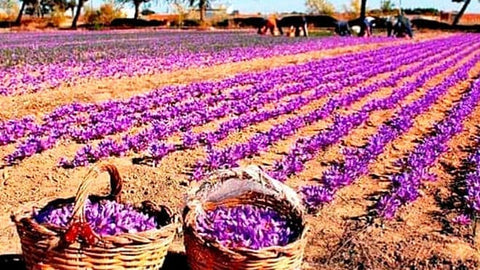
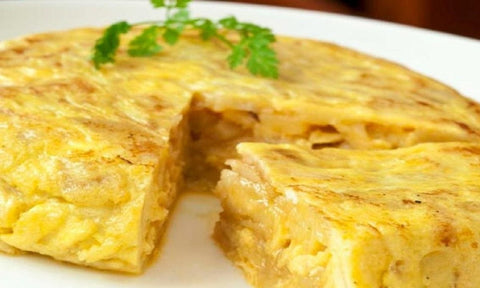

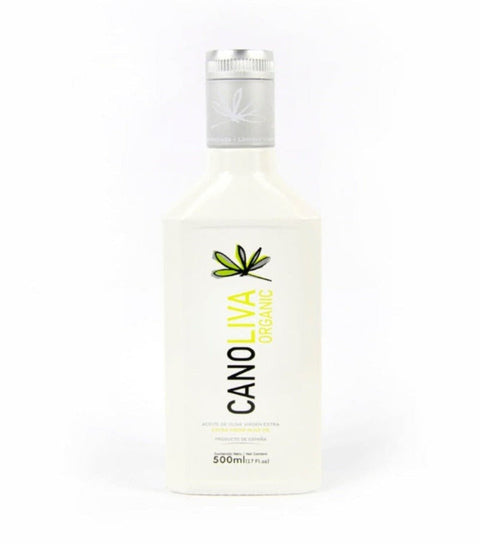
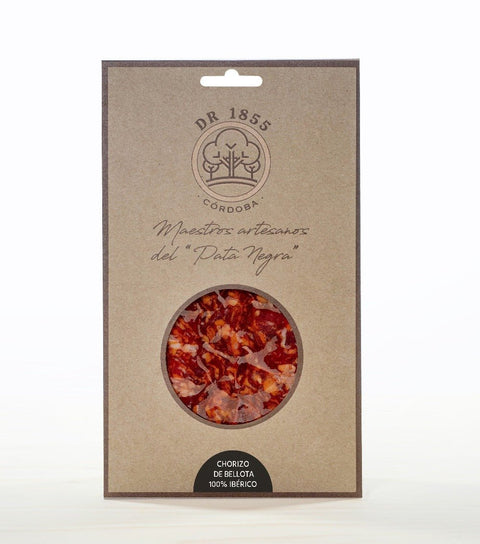
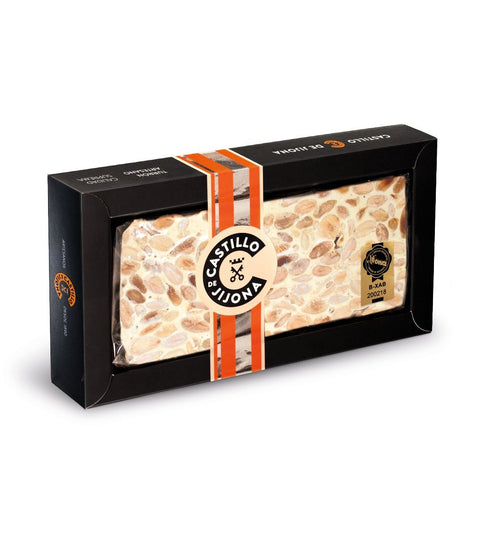
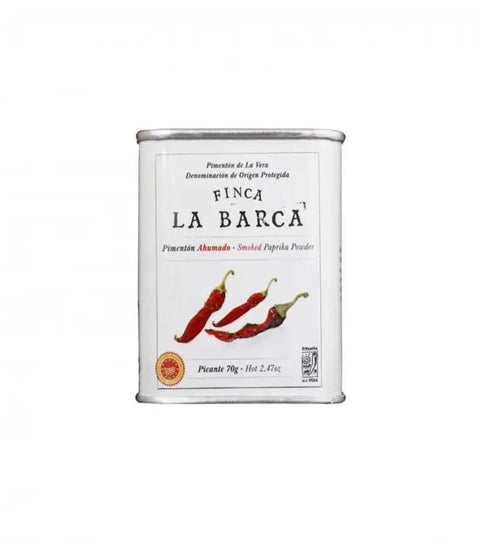
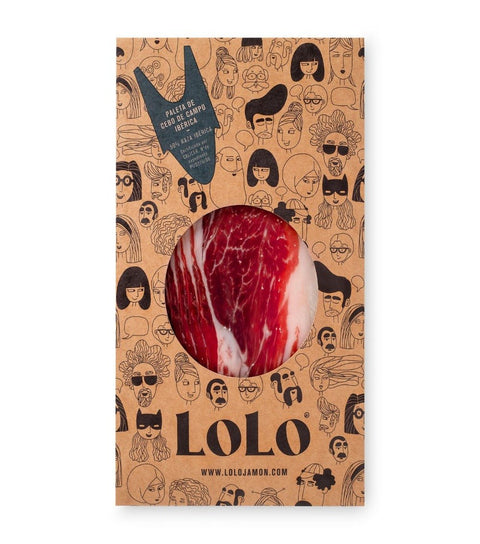
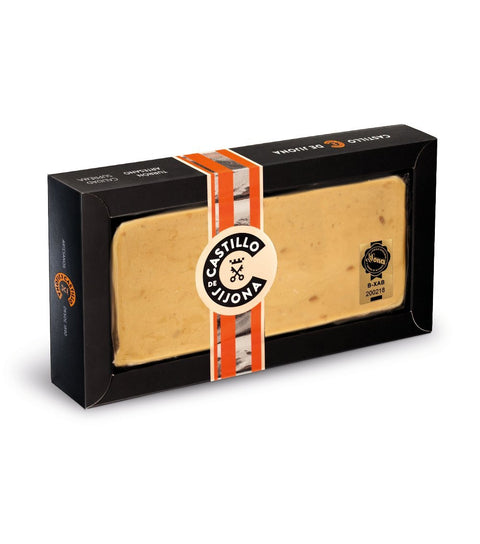
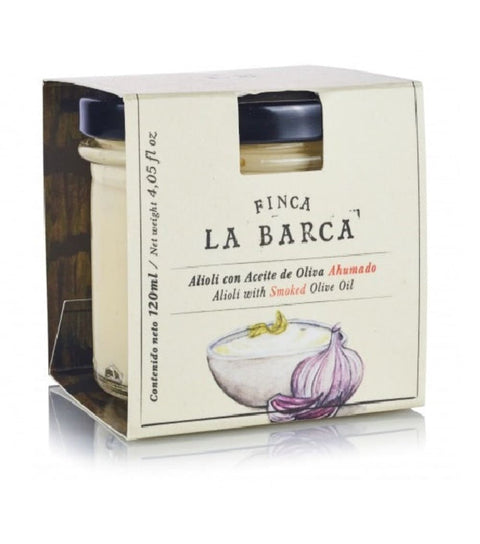
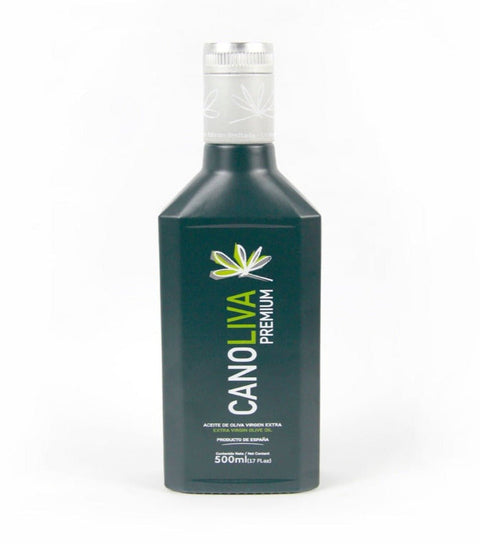
Comments (0)
There are no comments for this article. Be the first one to leave a message!